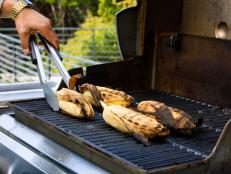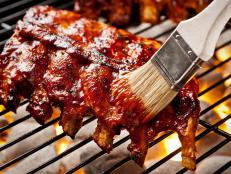How to Make the Juiciest BBQ, According to Some of the Country’s Top Pitmasters
Here’s everything you need to know before firing up your grill this summer!

Mphillips007/Getty Images
If there’s one thing we can all agree on, it’s that summer just isn’t summer without a slightly charred, sticky plate of barbecue sitting in front of you. Whether you prefer ribs, pulled pork, chicken or a whole hog, there’s lots of delicious ways to get your grill on this season. Though every person has their own unique approach to grilling, there’s nothing wrong with adding some new tips and tricks up your sleeve. We reached out to some of the best pitmasters in the country to get their take on how to make your next batch of BBQ the best one yet! From what to avoid to must-have tools, here’s everything they had to share.
Looking for more grilling inspiration? Check out #BBQBrawl, Mondays at 9|8c on Food Network.
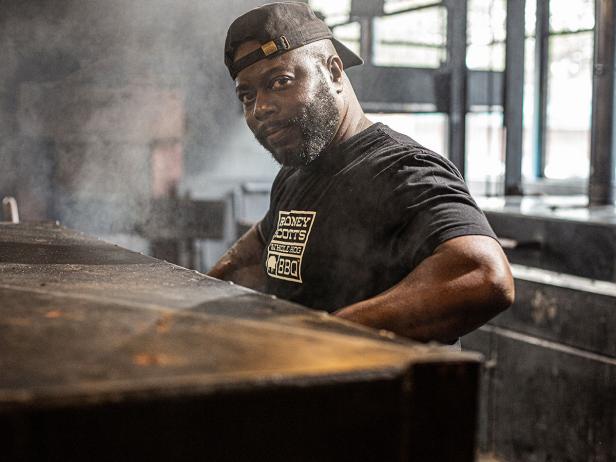
Start Small and Work Your Way Up
As with any other dish, when it comes to barbecuing any cut of meat for the very first time, you want to make sure you don’t take on more than you can chew — or grill! “You should avoid large cuts of meat: whole hog, whole beef loin, whole pork loin,” says Rodney Scott, Founder and Pitmaster of Rodney Scott’s Whole Hog BBQ and author of the new cookbook, Rodney Scott’s World of BBQ. “Like so many things, it's best to start smaller and work your way up,” he continues.
When it comes to preparing your meat, make sure you don’t overdo it on the seasoning, salt or pepper. “My go-to tip or trick when I make my BBQ is to make sure I taste as I season the BBQ so that it doesn't become over-seasoned. You can always add, but it's not so easy to take away,” Rodney cautions.

Airflow Is Your Secret Weapon
This might come as a surprise to some people, but one of the most important elements for making the picture-perfect barbecue has nothing to do with your meat. It actually has everything to do with air! “I think what most people don’t realize is that you really need to understand how oxygen and airflow work when using a grill and cooking a hog,” says Melanie Dunia, Executive Chef at Empire Eats and Pitmaster at The Pit Authentic Barbecue in Raleigh, NC. “Without oxygen, you are never going to get to the right temperature,” she adds, stressing air’s importance when it comes to making your grill cooler or hotter. “When you are trying to start your coals, make sure your grill lid is covered so you can get it hot and white. It’s also important to know how to use your grill vents to control your temperature. It really is all about airflow.”
If you decide to use a grill that runs on or utilizes wood or wood pellets, submerging them in water for a few hours makes all the difference. “One of my biggest tricks is to make sure, when you are using real wood, to soak it for 24 hours,” Melanie advises. “You may want dry wood for a campfire. But for barbecue, you want to make sure you soak the wood with water to make sure the wood smokes instead of burns. The wood will smoke away versus burn away.”
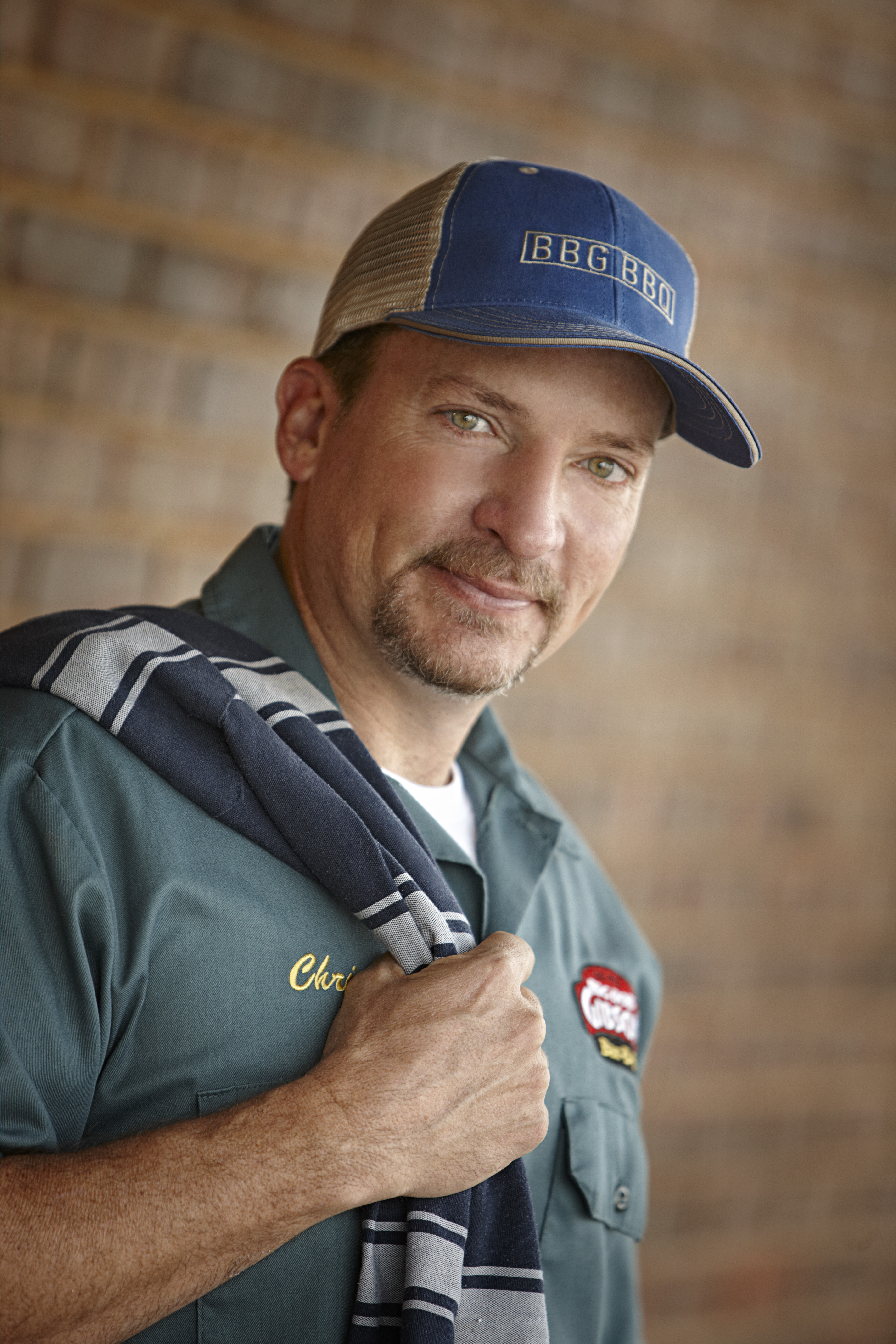
Moist Heat = Good Heat
Nothing ruins a plate of barbecue quicker than dried out meat. Nursing the amount of heat within your grill is a sure-fire way of making sure your meat stays tender and adequately moist. "Without a high humidity within the cooker, larger cuts of meat will dry out during the long cooking process," says Chris Lilly, BBQ Hall of Fame inductee and World Champion Pitmaster at Big Bob Gibson Bar-B-Q. "There are 3 ways to accomplish this. First, keep the grill lid shut trapping the natural humidity from the meat. Another option is water pans, a proven option to add more moisture to your grill. Try using a combination of water and fruit juices for added flavor. Last, it’s alright to open the grill lid if you add back moisture with a baste or spritz. Remember, moist heat is good heat when you're cooking low and slow," he adds.
Adapting your cooking method depending on what specific cuts of meat you're working with also goes a long way in how your barbecue will come out in the end. "Keep the grill lid closed when cooking thick cuts of meat, such as pork roasts, and open for thin cuts like chicken breasts or chops," Chris shares. "A hot, closed grill cooks all sides of the meat at once, reducing cook time. An open grill allows you to view the cooking process and flip the meat before it burns."
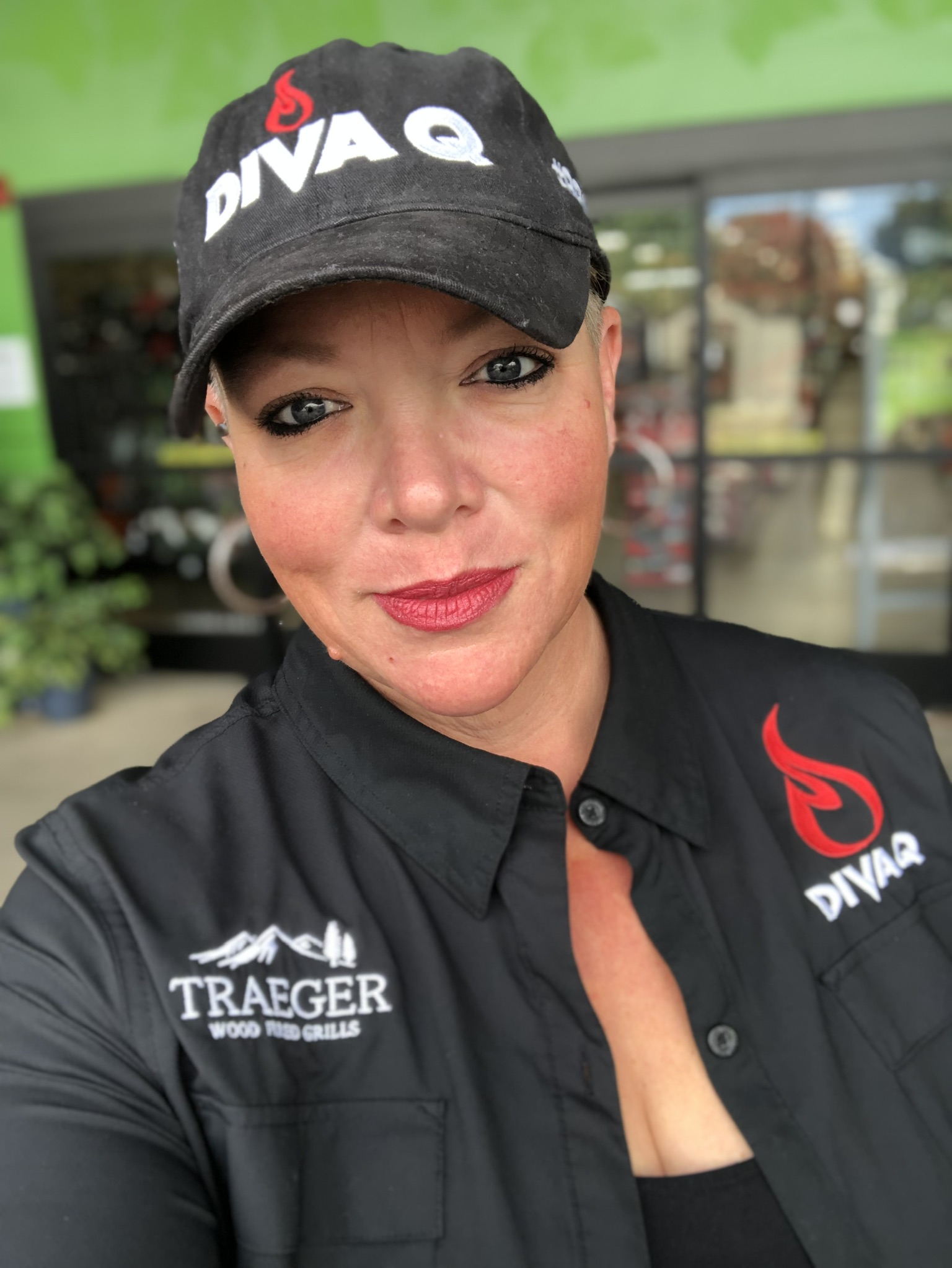
Patience is Key
Low and Slow: when it comes to barbecue, those two words reign supreme — and for good reason, too! Some professional pitmasters can spend anywhere between 12 to 24 hours cooking a whole hog! Even if you’re only grilling a spread of hamburgers, hot dogs, chicken wings or ribs this summer, taking the adequate amount of time to cook your meat properly is an important must. “Great BBQ requires patience and understanding,” says Danielle Bennett, World Champion Pitmaster and CEO of Diva Q. “BBQ is done when it’s done — it requires patience. If it’s taking longer than you expected just pour another cocktail. Enjoy the process,” she adds.
This also means questioning everything you see on social media. “Don’t believe everything you read on the internet,” Danielle advises. “Look for solid advice from people that actually make great BBQ and not just those that post pretty pictures.”

Plan Out Your Meal
Anyone who has ever tackled Thanksgiving dinner or any other big spread knows that planning ahead can make all the difference between eating your meal on time or having your guests go home hungry. Barbecue is no different! "Make an hour-by-hour schedule," Travis Heim, Owner of Heim Barbecue, advises. "Plan out a time table for how long your cooking will take place, and reserve extra time for any unforeseen issues. Make sure to include resting time for the meats. Lastly, make note of when you plan to serve the food. There is nothing worse than a handful of starving friends and family upset that the BBQ isn't done in time for the "dinner party" you planned," he adds.
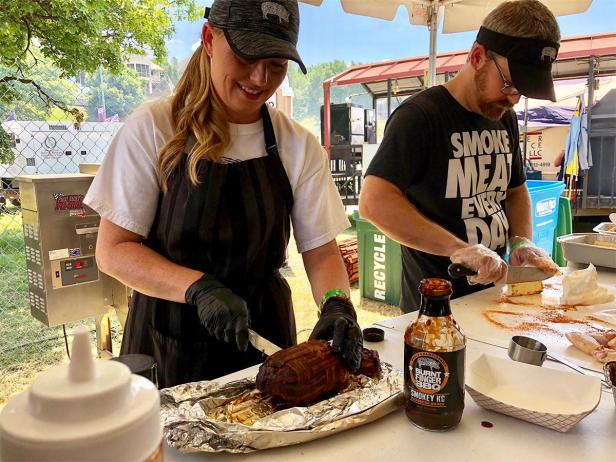
When In Doubt, Choose Chicken Thighs!
One of the hardest things to decide when it comes to tackling any style of cooking for the very first time is choosing what to make first. Though the possibilities are truly endless when it comes to barbecue, choosing a manageable protein for your first go-round is super important. While chicken makes a delicious choice, certain cuts of it are harder to work with on the grill. "Chicken breast is one of the most difficult pieces of meat to grill or barbecue, yet it’s one of the first cuts of meat beginners will attempt to serve," says Megan Day, one of the Pitmasters behind the professional barbecue team, Burnt Finger BBQ. "It is a lean meat, making it hard to keep juicy. Plus, breast meat varies greatly in thickness from one end to the other. It’s nearly impossible to cook the thick end of the breast meat without overcooking the thinner side. Boneless, skinless chicken thighs are a fantastic cut for first-time barbecue enthusiasts. They lend themselves to a juicy, even cooking. Shred it up while it’s still warm and I promise your guests and family will love the juicy and flavorful chicken you just barbecued for them!" she continues.
If you do decide to start with another protein like beef or pork, allowing your meats to adequately "drink up" the seasonings you choose is another important step in making it taste better. "Give your meat time to soak up the seasonings you put on it," Megan shares, talking about her go-to BBQ tip. "We call it “sweating the meat”. You will see the meat get wet. Leave it for an hour. The moisture will eventually reabsorb and carry your flavors with it back into the meat. People always love how flavorful our meats turn out. It’s this step that makes the difference."
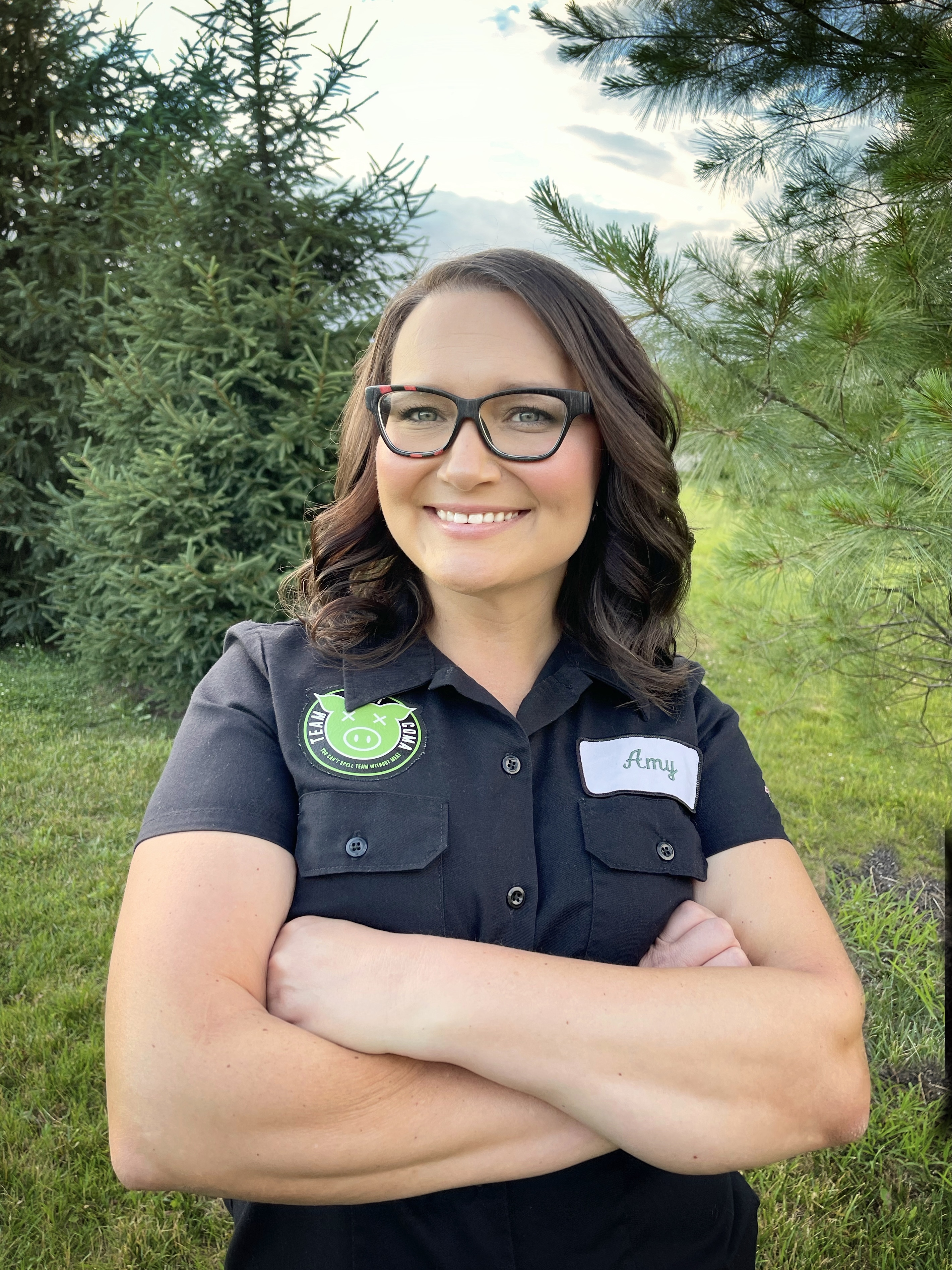
Don't Flatten Your Meat!
Whether we want to admit it or not, we're probably all guilty of falling for food myths that have no actual substance. We're still not over this one about washing mushrooms. Though these myths are common, you shouldn't automatically believe them, especially when preparing a professional-looking spread of barbecue. "Don’t press or flatten your meat!" cautions Amy Overbey, Head Pitmaster of Team Meat Coma and competitor in the upcoming 2021 World Food Championships.
"Everyone has seen a video where someone throws a piece of meat on the smoker, let’s it cook for a bit, opens the lid and then smashes it into the grates to show all the juices rolling out and creating that amazing liquid-hitting-the-coals-sizzling-sound. This is, indeed, a great idea for a video to engage the viewers, but it is a terrible idea for a juicy final product. Save the meat smashing for those delicious griddle-top smash burgers! It has NO PLACE in barbecue. Trust me, you’ll enjoy those juices way more when you bite into your perfectly smoked meat than your coals will!" she adds.

jay adkins
Leave the Barbecue Sauce for the End
Though homemade or store-bought barbecue sauce makes a great accompaniment to any variety of grilled meat, applying it too soon can change the overall outcome of your barbecue. “Don't sauce too early,” says Melissa Cookston, World Barbecue Champion, Pitmaster and Owner of Memphis BBQ Company. “Sauce should be applied during the last few minutes of the cook. Most sauces contain sugars which burn easily,” she adds.
When asked about her go-to grilling tip, Melissa’s answer is simple: “Cook for texture, not temperature.”

It’s All About the People
Meals are so much better when they’re shared — the same goes for a yummy spread of barbecue! Whether you’re firing up the grill to make an easy weeknight dinner or you’re using it to make a big feast for a long holiday weekend, keeping in mind the people you’ll be sharing it with makes the experience all the more enjoyable. “The ability to transform a piece of meat into something deeply delicious, that makes people so happy, never gets old,” says Amy Mills, James Beard Award-Nominated author of Peace, Love and Barbecue and Founder of OnCue Consulting. “The real joy of being a pitmaster and being part of the barbecue world is the people.”
Say "Yes" to Meat Thermometers and "No" to Grill Tongs
Every single pitmaster we talked to for this article agreed that when it comes to barbecue tools, a meat thermometer is a must-buy. Not only will it help you ensure that your meat is safely cooked throughout, using it will also help you learn how to cook by temperature, not by time. "That way you get the most consistent repeatable results each and every time," says Danielle Bennett. Amy Overbey adds, "You want to try to avoid opening your smoker as much as possible because barbecue requires a constant and steady temperature. So when you do have to open it, you want your thermometer to give you an accurate and fast temp check. An instant-read allows you to open the pit, do a quick temp check, rotate, spray etc. and then get out! Another secret: the probe isn’t just for reading the temperature on the thermometer. You can use it to check the texture of the meat when inserting for a temp check. You want it to feel like you are cutting into a room temperature stick of butter. That is when you really know your meat is done!"
One thing we weren't expecting to hear: Skip the grill tongs! "At Heim, we're anti-tongs!," admits Travis Heim. "I hate tongs, they rip off the bark and can screw up really good cooks. Use cloth gloves under food safe nitrile gloves. That way, you can pick up the meat without tongs and really feel the tenderness, texture, etc. while your BBQ is cooking."
Related Links:





























